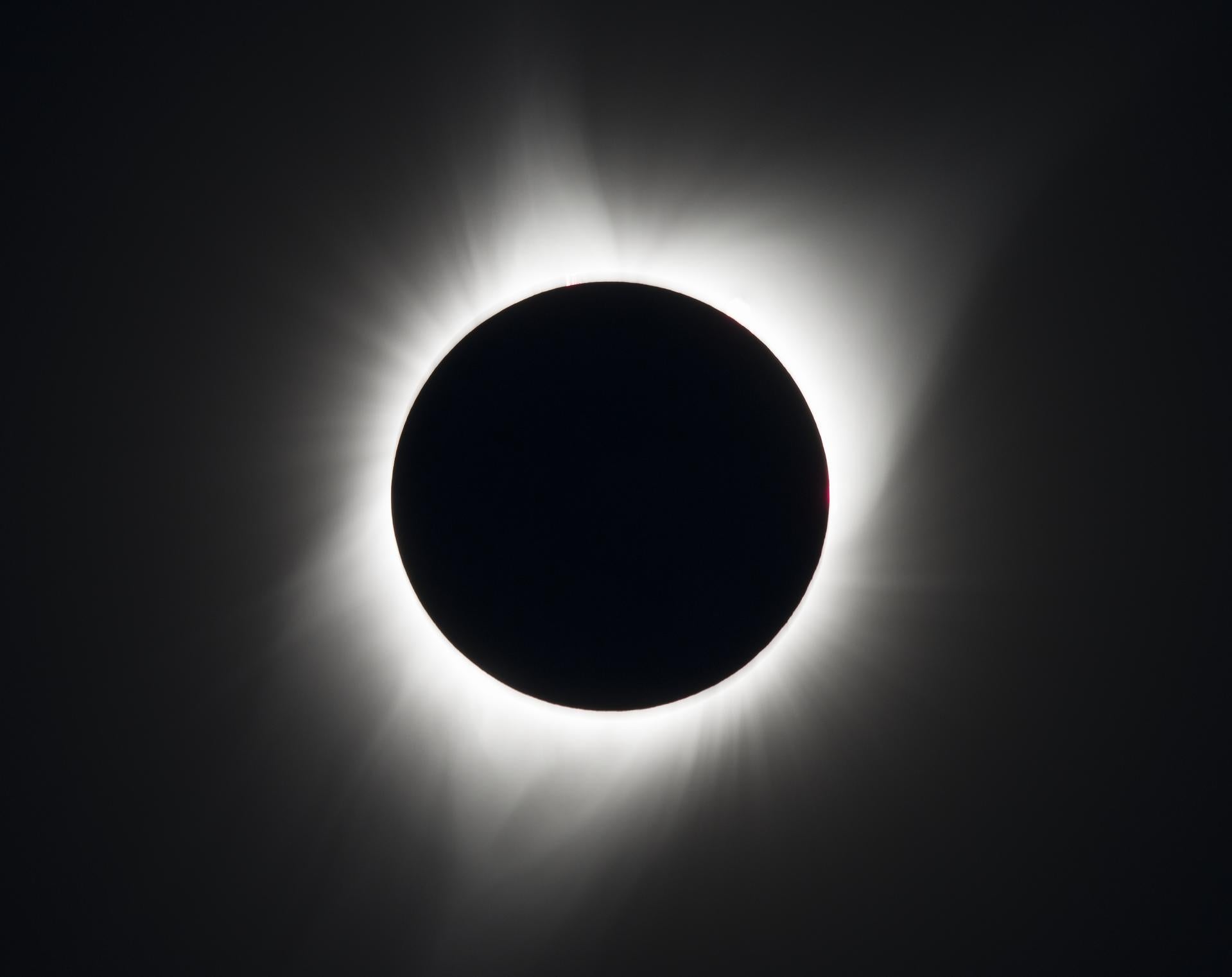It’s a good day to be on Earth
Hey team, and welcome back to one5c! We’re taking a break from our usual Monday roundup because we’re out eclipse-chasing. If you’re able to get into (or close to) the path of totality, we suggest you do the same. (NASA’s map is the best around for finding where it’s closest to you.) The next total solar eclipse won’t touch the States until August 2044. Being in an eclipse is a surreal experience; birds and bugs go a little nutty, the temperature abruptly drops, and light and shadows paint the ground in dazzling shapes. It’s enough to make ya, well, mooney-eyed about the splendiferousness of nature.
We’ll be right back here channeling all that fresh awe into a collective drive to save this marvelous marble from ruin on Thursday. But if you’re also heading out today, here are our top 3 eclipse-viewing tips. —Corinne
Stay safe
With the exception of totality (the moment, or moments, when the moon completely blocks the sun), it’s unsafe to look at the eclipse with your naked eyes. Before and after that point (or if you aren’t in the path of totality at all), protect those peepers with eclipse glasses, welder’s glass, or another solar viewer. Your regular sunglasses are nowhere dark enough. If you don’t have any special eclipse-viewing gadgets, you can DIY a pinhole projector out of a box, white paper, tape, and some foil to see the event indirectly. This video tutorial from NASA is particularly good—and adorable.
Put away the camera…
It’s incredibly tricky to snap a good photo of an eclipse, and fussing with filters, tripods, and deep camera settings can set you up to miss a potentially once-in-a-lifetime moment. “See your first eclipse, photograph your second,” space artist Tyler Nordgren told photo megasite DPReview. Even then, unless you’re an experienced landscape or astrophotographer, it may not be worth the work (and potential risk to internal camera components) for what is likely to be a so-so photo.
…and do some citizen science instead
NASA scientists are calling for regular folks to help them with experiments during the eclipse. SunSketcher is particularly cool. It’s a data-gathering enterprise that crowdsources live eclipse images to help refine our understanding of the sun’s shape and learn more about its inner structure. It all comes down to spotting the locations of Baily’s Bead dots—those are the super-bright spots that appear at the eclipse’s edges when the sun shines through gaps in the moon’s terrain—at as many points as possible along the eclipse’s path. You can’t move your phone while the app’s running, but you can view the images it snaps afterward.
Want to save the world with your tastebuds? Subscribe to Cool Beans, the sustainable eating newsletter from one5c.

